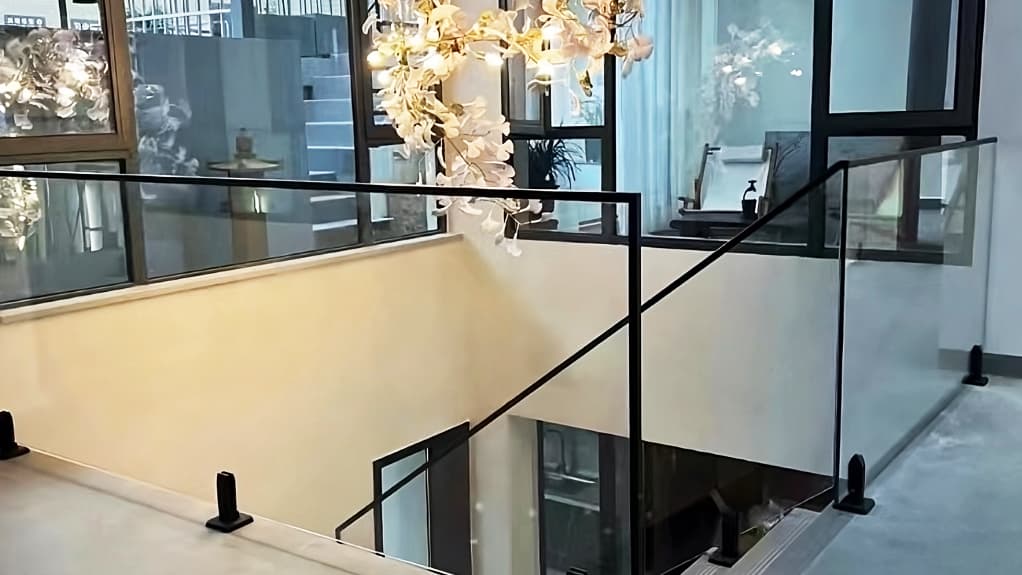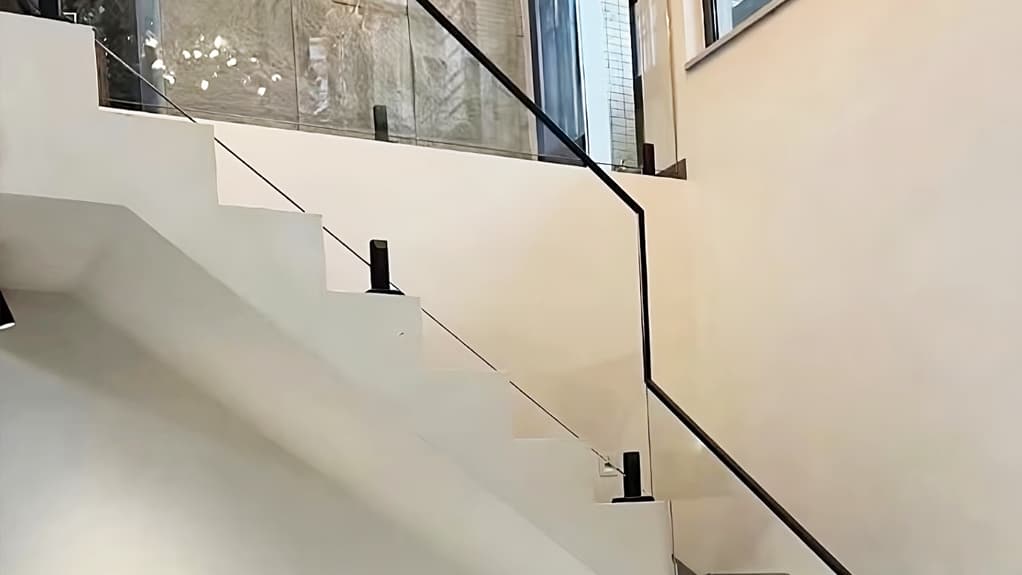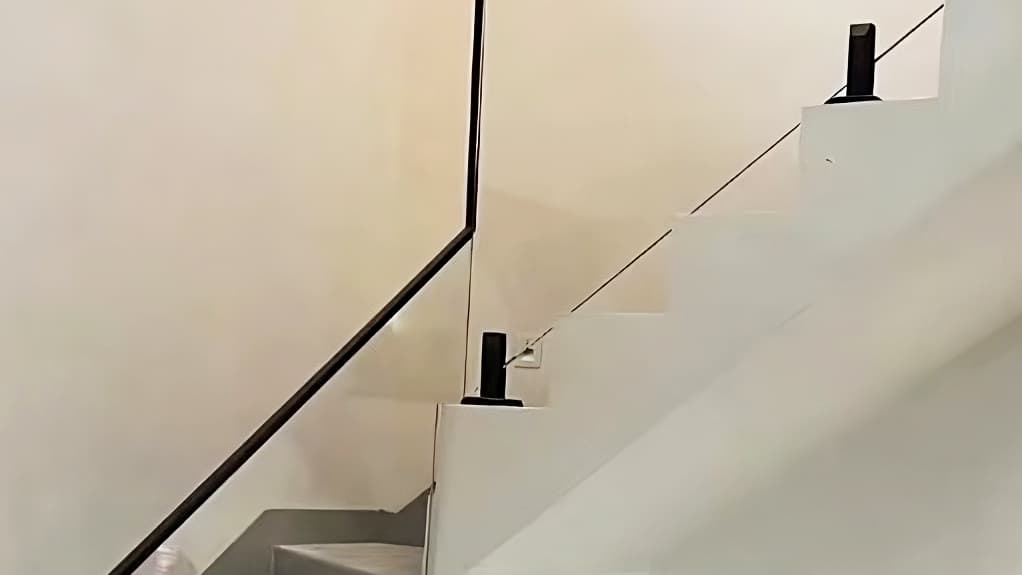Hello, lovelies!
In the marvelous world of home decor and design, the tiniest details often carry the most significant impact. A well-decorated living room, a perfectly arranged kitchen – they all contribute to a beautiful home, but so do our often-overlooked stairs. Today, we’ll be diving into a topic that combines design with safety: stair railing heights. Are you ready to climb to new heights with me? Let’s do this!
Table of Contents
We’ll be uncovering the mysteries behind the standard height of stair railings. Sounds a bit technical, doesn’t it? But trust me, once we start, it’s going to be as fun and easy as picking out your favorite cushion covers.
Importance of Correct Stair Railing Height
Now, I know what you might be thinking, “Why all the fuss about the height of a stair railing?” Well, darling, just like a carefully chosen pair of heels can prevent a fashion disaster (or even a tumble!), the right stair railing height can safeguard you and your loved ones from accidents. It’s a blend of aesthetics and safety, and who doesn’t love that?
Proper railing height provides the right level of support for people climbing up or down the stairs. Too low, and adults might need to stoop uncomfortably. Too high, and children might find it difficult to reach. We certainly don’t want either of those scenarios, do we?
So, next time when you’re swooning over a gorgeous stair railing design, remember – it’s not just about looking pretty, it’s about safety, too. And guess what? When you strike the right balance, you can have the best of both worlds!

Understanding Building Code Standards
Now let’s get a tad bit technical (but not too much, promise!). Our trusty guide through this maze is none other than our good ol’ friend, the International Residential Code (IRC). It’s like the fairy godmother of home safety regulations. According to the IRC, the standard height for stair railings for residential properties is between 34 and 38 inches.
Now, here’s where it gets a touch tricky – the height is measured vertically from the sloped plane adjoining the tread nosing or from the finished floor of the landing or walking surfaces. Phew! That was a mouthful, wasn’t it? But hang in there, we’re decoding all these fancy terms in the next section.
While these are the international standards, it’s always a good idea to check with your local building codes as well. Every city or state might have some extra sprinkling of rules. After all, who doesn’t like a bit of local flavor?
How to Measure Stair Railing Height
We’ve reached the heart of the matter, ladies! Measuring stair railing height might sound like rocket science, but it’s really not. I’ve got you covered.
Start by placing the end of a measuring tape on the stair tread’s nosing – that’s just a fancy word for the edge of the step where your lovely foot lands. Stretch the tape vertically until it reaches the top of the railing. Voila! That’s your railing height.
Now, remember our friendly guide, the IRC, says the height should be between 34 and 38 inches. If your measurement falls within this range, congrats, your railing is at a perfect height!
However, if your stair railing height is off, don’t fret! We’re not aiming for a trip to the moon, and this rocket (or should I say railing?) can be adjusted.

Tips for Installing Stair Railings at the Correct Height
Adjusting or installing stair railings doesn’t have to be as daunting as it sounds. With a few good tips and a dose of can-do spirit, you’ll have it done in no time. Here’s your roadmap to success!
First, if you’re installing a new railing, take accurate measurements before making any purchases. Remember our mantra: 34 to 38 inches. And don’t forget to measure twice – we want it to be perfect, right?
Second, while it’s fun to get our hands dirty sometimes, always know when to call in the experts. If your stair railing needs more than just a minor adjustment, consider hiring a professional to ensure a safe and sturdy installation.
Now, when it comes to choosing your stair railing, there’s a myriad of options out there. Wood, metal, even glass – there’s something for every style. For a chic and modern look, glass railings by Unity Metal are a gorgeous choice. Not only do they meet safety standards, but their elegant design also adds a touch of sophistication to any decor. Trust me, these beauties will have your guests gushing at your next dinner party!
Finally, remember to check with your local building department for any additional requirements. These could range from specific materials to the distance between the balusters (those are the vertical members holding up the railing). Better safe than sorry, right?

Conclusion and Additional Resources
There we go, lovelies! We’ve explored the what, why, and how of stair railing heights. See, I told you it would be a breeze! Now you’re armed with knowledge that not only elevates your home design but also keeps your loved ones safe. Isn’t it empowering?
Now, I don’t expect you to remember all these numbers and terms (we’re not in school, after all!). So, always feel free to refer back to this post or dive into additional resources for a refresher. The IRC and local building code websites are great places to start.
And before we say goodbye, remember to share your stair railing stories in the comments. Have you recently installed a new railing or planning to do so? Do you have any handy tips or favorite styles to share? We’re all here to learn from each other!
With all this, I’m sure your next stair railing project will be a smashing success. Until next time, keep climbing to new heights in home design and safety!
